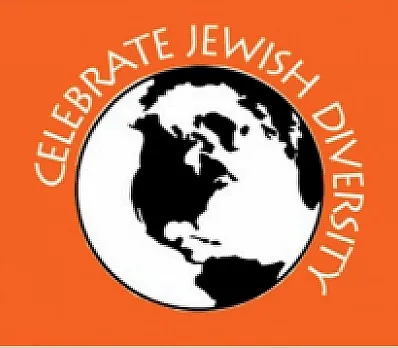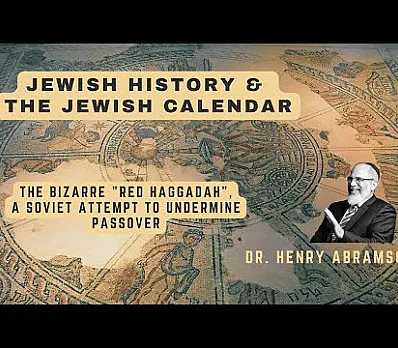Karpas
Karpas is the vegetable eaten as an appetizer before the telling of the story and before the meal. Some scholars claim that it comes from the Persian karfas, meaning parsley; others claim that it derives from the Greek word karpos, meaning “fruit of the soil.” Parsley and celery are commonly used, but potatoes, radishes and even lettuce are customary as well. Early medieval commentaries (Tosafot Pesahim 114a) note the custom of dipping the karpas in either saltwater or vinegar. Interestingly, the Talmud (ibid. 114b) does not mention the word karpas and does not mention what is used for the dip; but it does highlight this act as something which was done to stimulate the children to ask questions, leading into the telling of the story.
Several commentaries explain that in ancient times it was customary for wealthy people to eat appetizers before their meals to whet their appetites for the delicacies to come, whereas poor people would fill themselves with these appetizers in lieu of a sumptuous meal. If so, what makes this act so unusual? My explanation is that this is a deviation from normative ritual practice. On shabbat and festivals, we make kiddush, wash our hands, immediately eat bread and begin our meal. But at the seder, we delay the eating of the meal – we eat the matza only after we have told the story! The dipping of the karpas is the catalyst which alerts the children that tonight’s ritual – meal is not like any other ritual meal. It is the first step that introduces the telling of the story which will give meaning to the meal and all of its components, and thereby enable us to re-enact the experience of the Exodus.
Commentaries link the “dippings” with two events in the Torah:
1. When Joseph’s brothers sold him into slavery, they dipped his tunic into goat’s blood and deceived their father into thinking that Joseph was devoured by a wild animal. The letters of the כרפס hint to the כתונת פסים the kutonet pasim, (the multi-colored garb that Jacob gave Joseph). The tunic and its dipping led to Joseph’s enslavement and ultimately to the enslavement of the Jewish people.
2. Before the Exodus from Egypt, God commands the Jewish people to take a cluster of hyssop, dip it into the blood of the Pesach offering and smear the doorposts and lintels of their home as a sign to the “destroyer” not to enter their homes and kill the firstborn. This act of dipping and smearing was a sacrificial rite done in service of God, breaking with Egyptian culture and values and thereby consecrating the Jewish people. Just as the process of our going down to Egypt began with an act of dipping, which is associated with slavery, so did our departure contain an act of dipping which symbolized our freedom. If the karpas dipping reflects our enslavement, the maror (bitter herbs) dipping symbolizes our movement to freedom.
Rabbi Meir Schweiger teaches Bible, Mishnah, Talmud, Jewish Law .Prayer and Interpersonal Relat
Pardes Companion to the Haggadah
- Introduction
- Kadesh
- Urchatz
- Karpas
- Yachatz
- -- Four Questions
- -- Four Children
- -- Exodus Story
- Rachtzah
- Motzi-Matzah
- Maror
- Koreich
- Shulchan Oreich
- Tzafun
- Bareich
- Hallel
- Nirtzah
Inspired to create
your own Haggadah?
Make your own Haggadah and share with other Seder lovers around the world
Have an idea
for a clip?
People like you bring their creativity to Haggadot.com when they share their ideas in a clip
Support Us
with your donation
Help us build moments of meaning and connection through
home-based Jewish rituals.
OUR TOP CONTRIBUTORS
Passover Guide
Hosting your first Passover Seder? Not sure what food to serve? Curious to
know more about the holiday? Explore our Passover 101 Guide for answers
to all of your questions.






















